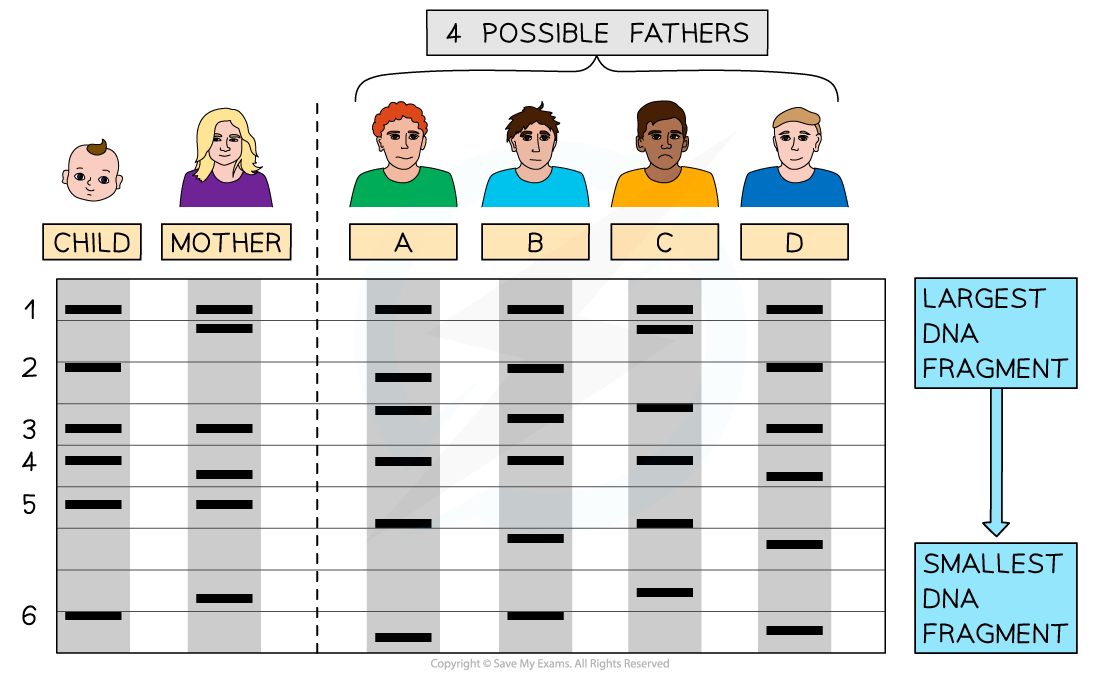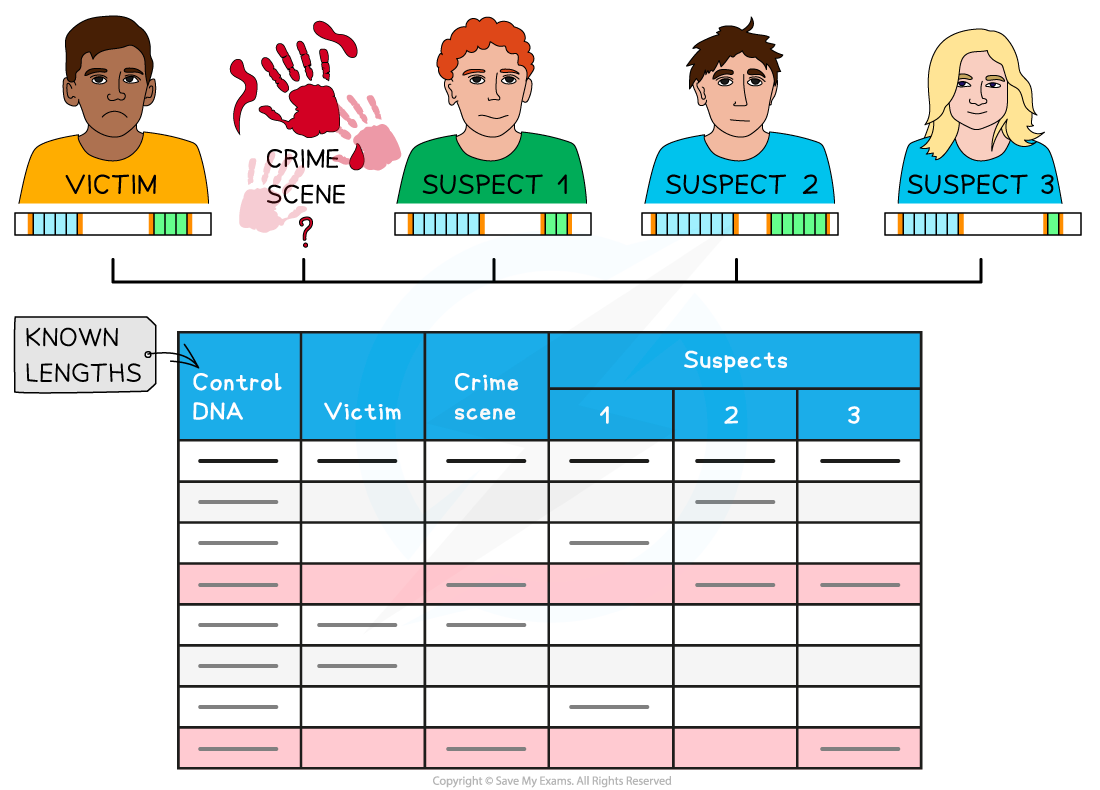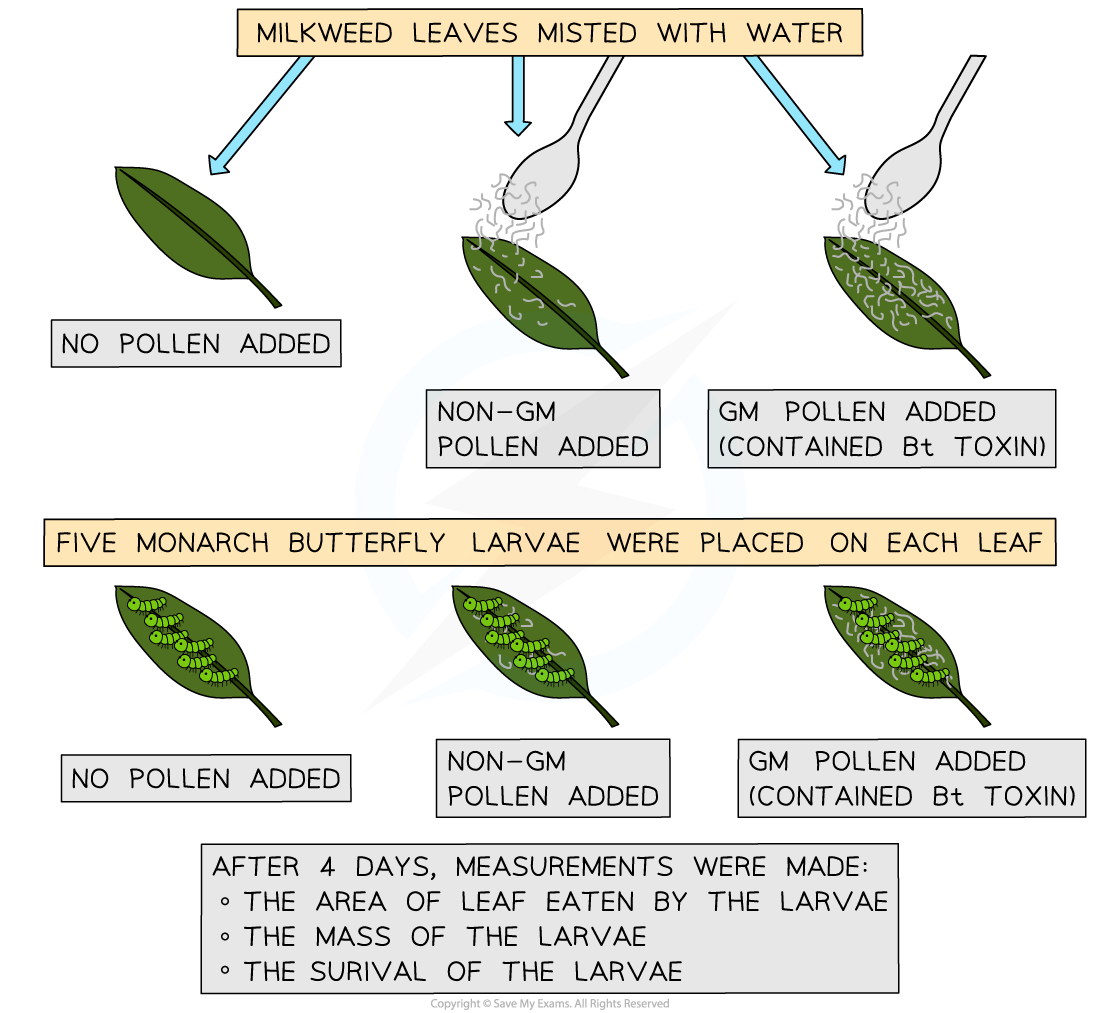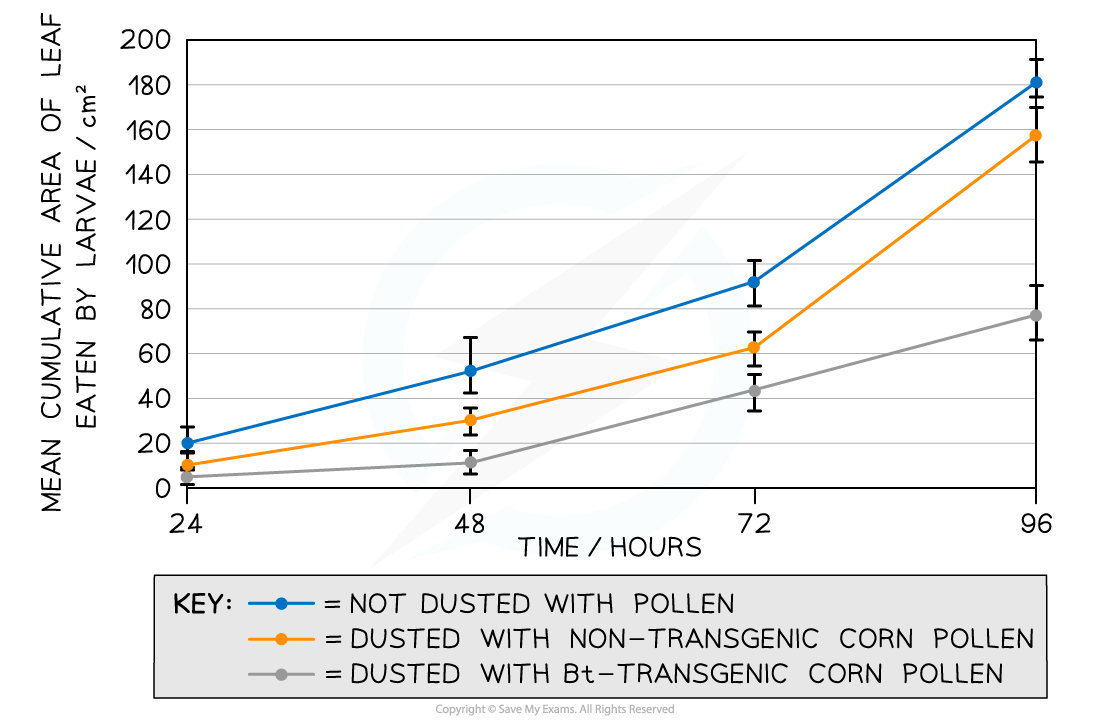- 翰林提供学术活动、国际课程、科研项目一站式留学背景提升服务!
- 400 888 0080
IB DP Biology: SL复习笔记3.4.5 Skills: Genetic Modification & Biotechnology
Cloning Plants
Design of an experiment to assess one factor affecting the rooting of stem-cuttings
- Stems can be cut so that roots develop from the cut end of the stem
- This is a way of cloning plants artificially, used routinely by gardeners and horticulturalists
- In most plants, a stem cut below a node is the ideal place to cut
- A node is the position where leaves branch off the stem
- Leaves below this point are removed
- The bottom section of the stem is inserted into compost or water
- Compost must be sterilised beforehand by heating
- Compost should be well watered and aerated
- Hormone rooting powder may assist the process of rooting
- A plastic bag with holes cut in it is used to cover the plant, to prevent excessive water loss
- Rooting takes a few weeks until the cutting is rooted independently in its soil
- The success of rooting is variable and can be tested by experimentation
Worked Example
Design an experiment to assess the effect of adding hormone rooting powder to a plant cutting before rooting.
Step 1: Decide the independent variable
This is what I, as a scientist, alter. This is whether to use hormone rooting powder or not when planting out cuttings
Step 2: Decide the dependent variable
This is what I will measure at the end of the experiment. This will be the mass of root matter formed by the cuttings. The root matter will be removed using a sharp scalpel and weighed on an accurate lab balance
Step 3: How will the amount of root formation be measured?
This can involve cutting away all the root material and weighing it
Step 4: What variables should be kept constant for a valid investigation?
Species of plant, brand of compost used, mass of compost used, the sterilisation method of the compost used, pot size, length of cutting, approx leaf surface area present, light intensity, temperature, size/material of the plastic bag, size/number of holes in the plastic bag and time taken for the growth of plants
Step 5: How many different types of plants should be used?
A plant species should be chosen for rooting experiments that form roots readily in water or a solid medium. Basil plants (Ocimum basilicum) are readily available, inexpensive and form roots easily
Step 6: How many cuttings should be used for each treatment
Ideally, three repeats (minimum) for each treatment. This allows repeats for the identification of anomalies and calculation of a reliable mean
Step 7: Draw out a blank results table to frame the results
This helps to refine the experimental design before lab work starts
Blank Results Table

Step 8: Data processing
How will I process the data I generate to give meaningful conclusions?
Calculate a % change in the mean mass of root material from using no rooting powder to using rooting powder
Step 9: Improvements to the experiment
Drying the root material in an oven at 50℃ to determine the dry mass of root material. This removes variation caused by possible fluctuations in root tissue’s water content
Conduct more repeats to improve the reliability of the data
Perform experiments on different plants or by using a different brand of rooting powder/combinations of plant hormones
Analysis of DNA Profiles
- In forensic investigations, samples of cells or bodily fluids containing DNA have to be taken from all victims, witnesses and suspects
- Care must be taken not to mix up/contaminate samples
- Defence lawyers often seek to scrutinise the accuracy of DNA sampling because the identification of a sampling error can invalidate evidence and result in an acquittal
- The same pattern of bands in a specimen left at a crime scene and a possible suspect is often enough to convict that suspect
- In paternity investigations, analysis is more complicated because each band found in the child's DNA profile must be found either in the mother's or the father's DNA
- If a child displays a band that is not displayed by the mother or the man who is presumed to be the father, a different man must be that child's father (see page 3.4.2 DNA profiling)
Worked Example
Paternity Investigation: Who’s the Father? – Use the DNA profiles of all 6 people shown to work out who the child’s father is
Remember, any band showing in the child's profile must be present in the mother OR father's profile, OR both. If not, that man is not the child's father.
Step 1: Look at the child's first DNA band (labelled 1)
The mother possesses this same band, so the child could have inherited that DNA from its mother. It is therefore of no benefit to look at whether any of the men possess that band
Step 2: Look at the child's second DNA band (labelled 2)
The mother does not possess this band, so the child must have inherited it from its father. Only men B and D possess this band, so men A and C are eliminated
Step 3: Look at the child's third DNA band (labelled 3)
As with band 1, the mother possesses this same band, so the child could have inherited that DNA from its mother. It is therefore of no benefit to look at whether any of the men possess that band
Step 4: Look at the child's fourth DNA band (labelled 4)
The mother does not possess this band, so the child must have inherited it from its father. Only men A, B and C possess this band, but A and C have already been eliminated
Step 5: Conclude that B is the father
Step 6: Look for supporting evidence from band 6
The mother does not possess this band, and the only man who possesses it is B. This reinforces the conclusion that Man B is the child's father
Forensic Investigations

Using DNA profiling in criminal investigations. Suspect 3 has the most fragments in common with the crime scene DNA so it is likely that Suspect 3 is the culprit.
Assessing the Ecological Risks of GM Crops
Analysis of data on risks to monarch butterflies of Bt crops
- The bacterium Bacillus thuringiensis (or Bt for short) produces a natural protein toxin that has insecticide properties
- Many groups of insects are killed by this toxin including, bees, flies, beetles and butterflies
- This causes considerable collateral damage to the surrounding ecosystem
- Many groups of insects are killed by this toxin including, bees, flies, beetles and butterflies
- Farmers growing corn (maize) have to spray their crop with insecticide to prevent insect pests such as corn borers
- Corn has been genetically modified to express the Bt toxin gene in all its tissues including its pollen
- This improves yields and greatly reduces the need for crop spraying, so has benefits to the farmers
- One species affected by Bt toxin is the monarch butterfly (Danaus plexippus)
- D. plexippus larvae feed on milkweed that grows in the vicinity of corn crops
- Milkweed that becomes dusted with pollen that is spread by the wind from transgenic corn can poison the monarch butterfly larvae, leading to a reduction in numbers of the butterfly
- This effect can be investigated by experimentation to examine the effects of growing transgenic Bt toxin corn

Experimental set-up to prove the effect of Bt toxin-containing pollen on monarch butterfly larvae
The Effect of Various Pollen Types on Monarch Butterfly Larvae Results Table


A graph showing the results from the experiment
Results summary
- The results showed that the larvae not dusted with pollen ate more of the leaves
- Of the larvae dusted with pollen, the ones dusted with non-GM pollen ate more of the leaves
- The survival rate of the larvae dusted with GM pollen was the lowest of all three
- The mean mass of larvae at the end of the study was double for non-dusted larvae than for those dusted with GM pollen
- These data show a strong link between the use of Bt toxin GM crops and collateral damage to a neighbouring animal species
Considerations for experimental setup
- Control variables would be:
- The size/age of the larvae at the beginning of the experiment
- Same size/area of leaves used in each experiment
- Same species of larvae/milkweed
- Same temperature/illumination/growth medium
- Same availability of water
- Five repeats were completed per experiment for reliability
- Error bars were constructed in the data to demonstrate a low likelihood that a link between GM crops and monarch butterfly populations could have occurred by chance
Exam Tip
Drawing a blank results table before any experiment is a good idea for a few reasons:
- It helps the scientist to design the correct size and scope of the experiment
- It may prompt the scientist to perform an experimental variation that he/she hadn’t thought of when setting up the initial investigation
- It is neater and more systematic for recording experimental results; hands can get quite messy when conducting experiments, especially where plants and soil are involved!
转载自savemyexams

早鸟钜惠!翰林2025暑期班课上线

最新发布
© 2025. All Rights Reserved. 沪ICP备2023009024号-1








